
You experience a brand new smile after your braces come off, and then you are given a small piece of plastic or a nearly invisible wire by the dentist. After all of the fuss over the braces, it may not look like much, but that little item, your teeth retainer, has the most important job - to keep everything in place and prevent your smile from reverting. Dramatic? Perhaps. A retainer is, however, the most important investment you can make after the months, and sometimes years, of orthodontic work.
This little article is written from a UK point of view for folks considering whether to use a teeth retainer, or who have a retainer and want to understand the role of different types of mouth retainers. It includes some notes about brands (Caspersmile, Smile White, and Invisalign) that are based on opinion and experience with other retainers, as well as practical advice about care and costs.
Let’s be real here: your teeth are going to move. Not because they are defiant, but because it's basic biology. Your teeth are housed in sockets with little supports called periodontal ligaments. These ligaments are elastic. When you move your teeth into position using braces or aligners, the periodontal fibers stretch and rearrange. If you remove your braces or stop supporting your teeth too soon, they will likely creep back to their original position.
A retainer holds your teeth in their new position while the bone and soft tissues remodel around them. It actually takes time. Months, sometimes years. A retainer is a bit like scaffolding; a temporary support until the structure is self-supporting. And yes, for a lot of people, "temporary" becomes a nightly ritual for the rest of their lives.
So, when you hear your orthodontist ask you, "Will you wear your retainer?" don't smile, nod, and put it in the drawer. Actually wear it. Honestly, it’s the difference between a small amount of work over a few months and a lifelong result.
Read more about: Things you need to know about retainers
After your braces come off, your teeth are straight, but the bone and ligaments around them are still soft and adjusting. Your teeth have this tendency to shift back to their original position if not retained. Retainers work to keep them in place until the ligaments around them stabilize.
At first, you have to wear your retainers full-time so that they can help lock in your new smile and prevent it from relapse. And then you can wear them only at night-time, depending on the type of retainer you are using, a removable retainer (Hawley, or Essix). But if you have permanent retainers, they’ll stay on 24/7 to maintain the alignment of your teeth after orthodontic treatment.
Not all retainers are equal. Each type has pros and cons. Choose one based on your lifestyle, finances, hygiene habits, and how much you value invisibility.
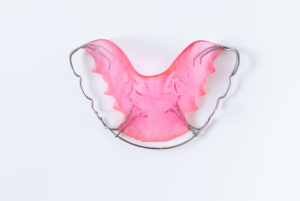
The Hawley retainer is one of the most recognized types of retainers in orthodontics. This traditional design features a metal wire that runs across the front of the teeth, anchored to an acrylic base that can be made to match the color of your gums. One of the significant advantages of Hawley retainers is their durability.
They are built to withstand everyday wear and tear and can often be adjusted by your orthodontist to accommodate ongoing changes in your teeth. If they become damaged, they are relatively easy to repair compared to other types of retainers.
However, one downside is that the wire is visible when you smile, which can be a concern for some users. Additionally, the bulkiness of the retainer can feel awkward in the mouth, especially for those who are new to wearing retainers.

Clear plastic retainers, often referred to as Essix or aligner-style retainers, are designed to be nearly invisible, making them a popular choice among patients seeking a more discreet option. These retainers fit snugly over the teeth and provide a comfortable experience.
Their aesthetic appeal is one of their greatest strengths; they allow for a more natural appearance while preserving the alignment achieved through orthodontic treatment. However, they do have some drawbacks.
Clear plastic retainers are typically less durable than Hawley retainers and can be prone to warping when exposed to heat. Additionally, individuals who grind their teeth at night may find that these retainers can crack under pressure, which could lead to needing replacements more frequently.
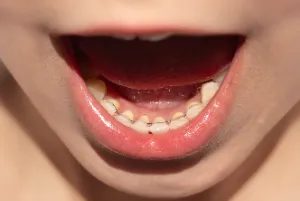
Permanent retainers, commonly referred to as bonded or fixed retainers, consist of a thin metal wire that is adhered to the back surfaces of the teeth, usually the lower incisors or sometimes the upper ones. One of the primary benefits of permanent retainers is that they are completely invisible from the front, providing a discreet method of maintaining tooth alignment over time. They work continuously to prevent teeth from shifting and require minimal intervention from the patient, as they are always in place.
However, while they offer convenience, they also require diligent oral hygiene practices. Cleaning around the wire can pose a challenge for flossing, and patients may need to use special flossers or tools to effectively maintain their dental health. Although the wire can occasionally break or debond, with proper care, a fixed retainer can provide reliable stability for many years.
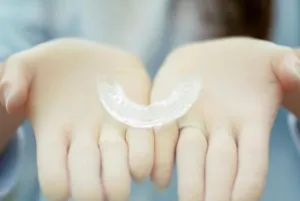
Hybrid retainers are versatile tools in orthodontic treatment that merge the functions of retainers and aligners. These retainers are specifically designed to accommodate minor adjustments in teeth alignment while providing retention. Some hybrid retainers are built more robustly to serve as night guards for individuals who clench or grind their teeth at night.
This dual purpose makes them an excellent solution for those who may require both alignment maintenance and protection against nighttime grinding. Hybrid retainers offer flexibility, meeting various needs depending on the patient's specific situation and orthodontic goals. Their design caters to both comfort and functionality, giving users a practical solution that can adapt to changing dental requirements.
And when comparing braces vs retainers , it’s worth remembering that braces move teeth into position, while retainers, including hybrids, are about holding them there and, in some cases, offering added protection.
So, when choosing a retainer, consider factors such as visibility, comfort, durability, and your specific dental needs. Your orthodontist can guide you in making the best choice tailored to your lifestyle and goals.
| Type | Visibility | Durability | Maintenance | Best for |
|---|---|---|---|---|
| Hawley (removable) | Moderate | High | Easy | Patients who want adjustability |
| Clear plastic (removable) | Low | Moderate | Easy but sensitive to heat | Adults wanting discreet options |
| Bonded permanent retainer | Hidden | High | Harder, special floss tools required | High relapse risk, lower incisors |
Not everyone needs a permanent retainer, but many people benefit. Candidates include:
A bonded retainer is brilliant for preventing relapse without relying on patient discipline. But, and this matters, it needs cleaning attention. Floss threaders or a water flosser and interdental brushes become part of your daily ritual. Don’t skip that just because the wire’s invisible.
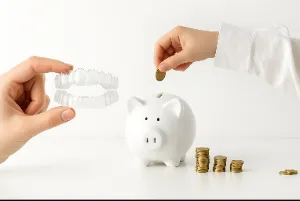
Prices vary by clinic and by region, but ballpark figures in the UK are:
Brands like Invisalign typically land at the premium end. Sometimes the first set is included with treatment; replacements often cost extra. NHS provision may cover initial treatment in some cases, but replacements are usually private.
Money matters, but cheap can be a false economy. A flimsy retainer that cracks frequently will cost more in the long run. Think durability.
When it comes to choosing a retainer solution, it’s essential to weigh the options based on your personal needs and circumstances. Here’s a more detailed comparison of three notable brands in the market: Caspersmile, Smile White, and Invisalign.
Caspersmile positions itself in the market by targeting budget-conscious consumers who prioritize convenience in their dental care. The brand offers an at-home impression kit that allows users to take impressions of their teeth from the comfort of their own home.
After completing the impressions, customers send them to the lab, where their custom retainers are crafted and then sent directly to them. This streamlined process appeals to those looking for an affordable and efficient solution for maintaining their dental alignment.
Best For: Caspersmile is particularly appealing to students, young adults, and anyone on a budget who desires a straightforward, effective way to maintain their dental alignment.
Positioned in the mid-to-premium range, this brand focuses on the UK market with its hybrid model. The product combines the latest technology with traditional dental oversight, incorporating professional digital scans to ensure optimal results.
Best For: Adults seeking a higher-quality finish with the comfort of local dentist oversight will find Smile White to be a reliable choice.
Invisalign occupies a premium position in the orthodontic marketplace, emphasizing a clinic-focused model. Treatment is administered by licensed dentists who have been specifically trained in Invisalign methodologies, ensuring that each patient receives expert care. Upon completion of their treatment, patients are provided with Vivera retainers, which are crafted for durability and designed to maintain the results achieved during the orthodontic process.
Best For: Invisalign is ideal for individuals prioritizing a perfect fit and durability, especially those who are already familiar with the Invisalign treatment system.
While brands are an important consideration, factors such as fit, ongoing follow-up, and whether your dentist customizes the retainer to your unique bite are paramount. For instance, Invisalign’s Vivera retainers are highly regarded for their durability, while Smile White provides a reassuring and quality local option. Caspersmile excels in affordability and functionality, making it a practical choice for many. Ultimately, your individual needs and priorities should guide your decision.
If you treat your retainer like a delicate instrument, it will reward you. Here’s a practical routine:
One tiny habit: Carry a small travel case. You’ll be amazed at how often people forget this and feel doomed when they’re on a train or in a cafe.
Orthodontic relapse (where teeth move back to their original position). Fast enough to notice. Relapse can begin within days in some people. Your retainer may feel tight after a few weeks off; that’s because teeth have shifted. A tiny shift might be tolerable to you; larger movements might require re-treatment with aligners or, worse, braces. And let’s be honest: nobody wants to pay for re-treatment.
If you lose your retainer, get a replacement quickly. If you stop wearing it for months, expect a longer, possibly costlier fix.
People who forget fall into a few categories:
How to make it stick:
When you weigh Caspersmile, Smile White, and Invisalign, think beyond price. Consider:
If the budget is tight, go for a respectable, clear option and schedule check-ups. If you can afford it and want peace of mind, Invisalign/Vivera or a dentist-backed service like Smile White is solid.
You spent months or years building a smile you can be proud of. The retainer is not glamorous. It won’t get likes on social media. But here’s the quiet truth: it is the most important piece of what you’ve achieved.
A tooth retainer is a small, patient device. It asks almost nothing. A few minutes of cleaning each day. A nightly moment of insertion. That’s the price of preserving something you’ll show for decades: your grin, your confidence, the ease of laughing without thinking twice.
So wear it. Not because you were told to, but because every small action now preserves a bigger reward later. You’ll forget you ever had to wear it. Your teeth, meanwhile, will thank you silently and forever.








Curated the best for your knowledge
.webp) Dental Bonding Cost: Prices, Process & What to Know
Dental Bonding Cost: Prices, Process & What to KnowIf you’re thinking about fixing a chipped tooth, closing a gap, or smoothing out uneven edges, dental bonding is often the easiest (and quickest) way to do it. And honestly? It’s one of the most budget-friendly cosmetic treatments out there, if you know what to expect. But here’s the part everyone worries about first: “How much does tooth bonding cost?” The short answer: it depends. The long answer: let’s break it all down so you actually understand where the price comes from, what you’re paying for, and whether bonding is the right fix for your smile.
Read More.webp) Mouthwash for Gums: What to Choose & Why
Mouthwash for Gums: What to Choose & WhyYou know the feeling when your gums suddenly have a meltdown? A little swelling, a little bleeding, and you are down the rabbit hole on Google at 3 a.m., trying to find the best mouthwash for gums. It happens. Gums can be finicky little guys. They deserve some love, some care, and sometimes a splash of minty freshness. But not all mouthwashes are created equally. Some are just flavored water, acting like they are helping. Some are awesome "fight germs" formulations that your dentist wishes everyone used. In this article we are going to break down what’s is the best mouthwash for your gums.
Read More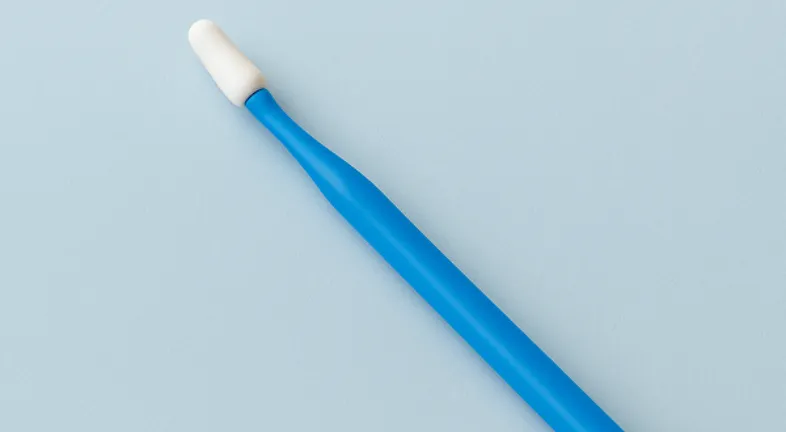 What Are Gum Simulators and How Do They Improve Oral Health?
What Are Gum Simulators and How Do They Improve Oral Health?When trying to maintain a perfectly healthy smile, most people tend to focus on proper brushing and regular flossing, but there's another underrated tool that can be extremely helpful in keeping your mouth healthy. The gum stimulator. Though it may sound like a complicated dental instrument, a gum stimulator is actually a fairly simple yet effective tool. It's designed to strengthen and massage your gums while removing plaque from areas that are tough to clean. It does all of this while boosting blood circulation in your gums.
Read MoreQuick Links
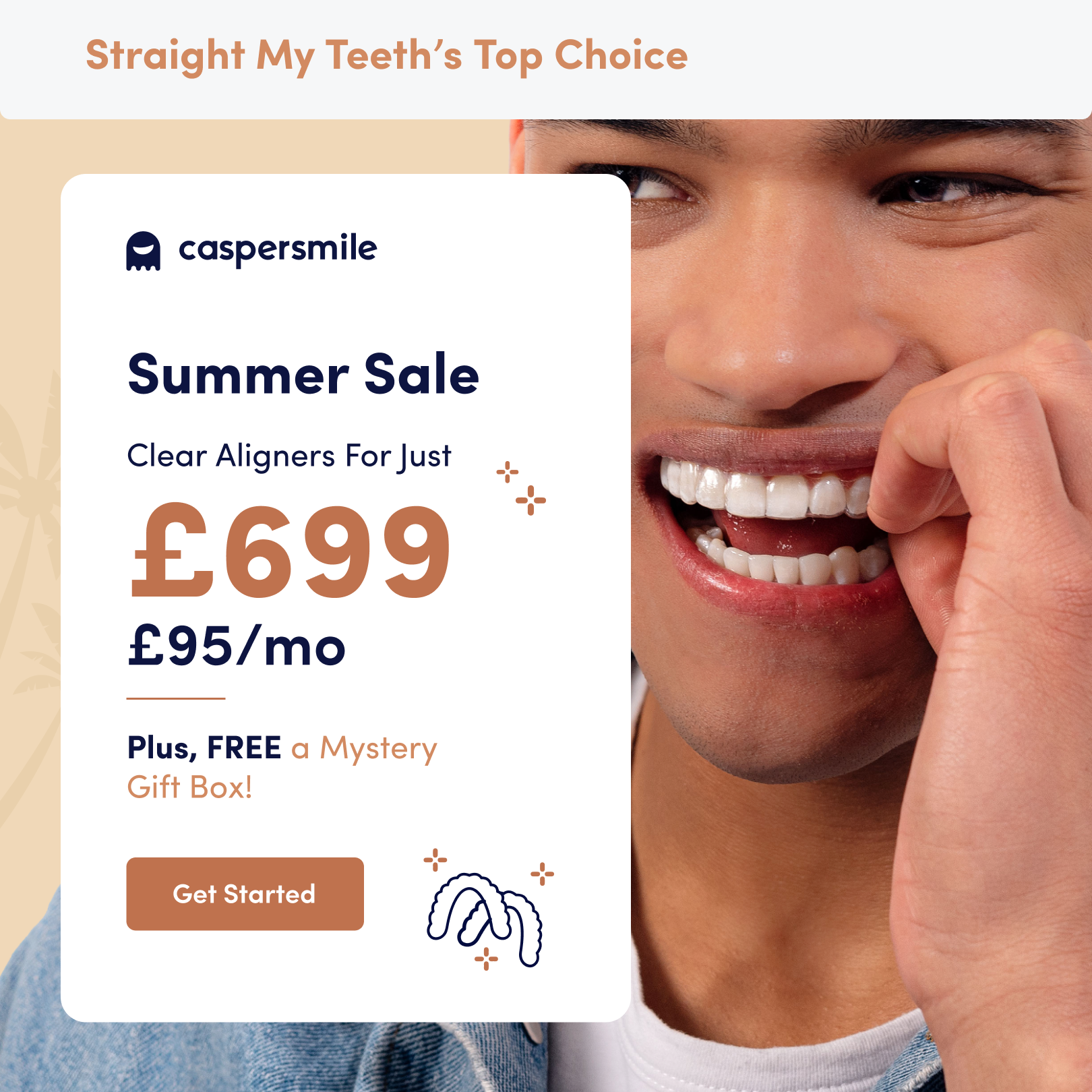
Heading